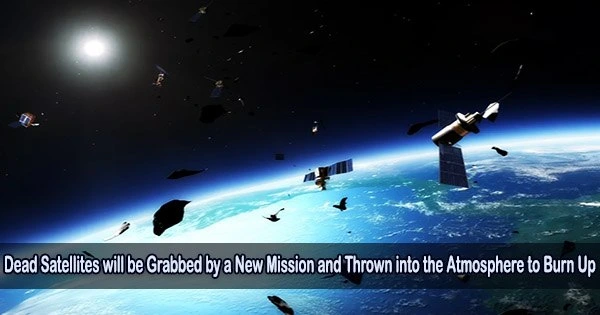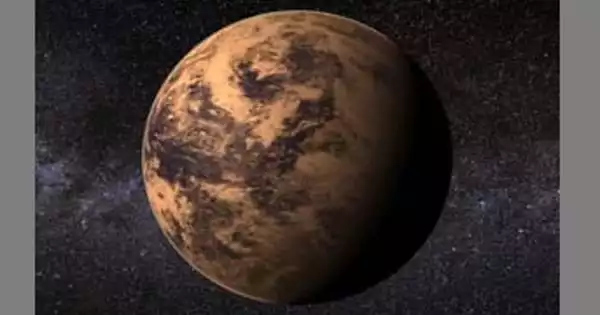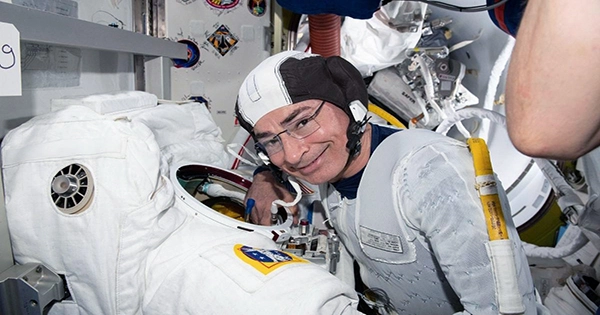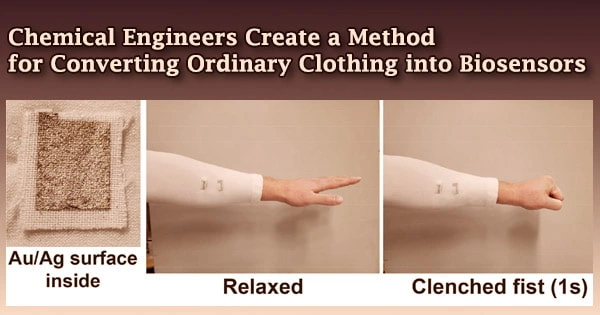The threat posed by Kessler syndrome has been the subject of numerous news reports. The debris cloud that surrounds our planet makes space unreachable in this situation and would obliterate any additional attempts to enter orbit.
As a result, many businesses have emerged to address the issue, from using lasers to destroy abandoned satellites to providing them with fuel. Many business concepts have been developed to take advantage of this chance.
One of the farthest along is Astroscale. This British start-up is solving the issue using one of the more traditional methods by deorbiting an existing satellite by connecting with it. And recently, they released a promotional video for their new project the ELSA-M.
ELSA-M, which stands for End of Life Services by Astroscale-Multiple, is designed to couple with an existing satellite, force it into a lower orbit, and make it reenter more quickly. It will be the first satellite to launch itself into a new orbit for a second rendezvous before also deorbiting the second spacecraft.
The number of these projects that a single ELSA-M satellite can handle is unknown, however the word “multiple” in the name suggests at least a few.
This mission comes on the heels of a successful demonstration mission known as ELSA-D (or “demonstration”). Despite the fact that the mission was initially intended to demonstrate four different deorbiting tasks, the corporation has only declared the completion of one.
A “client” satellite was attached to the ELSA-D ship during launch, and it was later detached from the “servicer” satellite and recovered using specialized magnetic technology. Most impressively, it released and captured the client repeatedly.
The expedition was initiated more than a year ago, but the outcomes of the other three steps, including the capture with and without tumbling and “diagnosis” steps, have not yet been made public.
At some point, Astroscale will need to demonstrate that their method is effective because those very real issues will also be there for any economically successful solution to the issue of space debris.
That’s assumedly where ELSA-M comes in. A service satellite with electric and chemical propulsion systems that builds on the ELSA-D flight legacy is described on the company’s website. It will be able to locate the client satellite, examine it, and design a secure strategy that will enable a capture.
However, that last bit is only true if the satellite in question happens to have a Docking Plate, as designed by Astroscale themselves. This essential piece of hardware also includes a QR code that notifies the ELSA-M servicer of the client satellite’s orientation and contains additional data in addition to the pneumatics and magnetic kit required for the bonding itself.
In order to plan their end-of-life servicing as part of their satellite design, Astroscale urges users to get in touch with them. The majority of trustworthy satellite providers are aware of the risk that space debris poses.
There isn’t, however, a legal framework mandating them to follow Astroscale’s or anybody else’s specified technology criteria for secure debris disposal. Also unknown is the arrival date or even the existence of such a regulatory framework.
Perhaps waiting for Astroscale’s technology to demonstrate its viability will provide the impetus required to launch what will unquestionably be a vital aspect of space access as it becomes more and more common. And maybe ELSA-M will itself be that technology demonstration. For now, only time will tell.
















